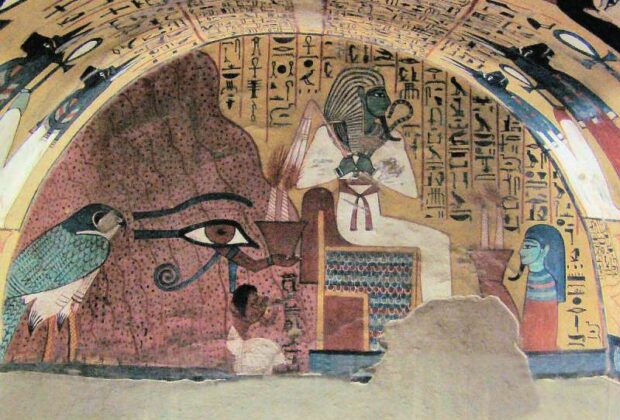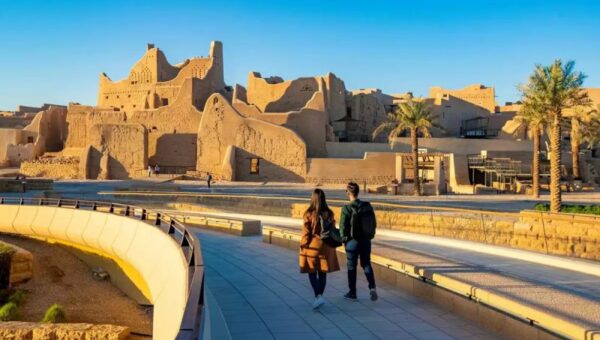On the west bank of Luxor, a notable Egyptian scribe from the 18th Dynasty has been raised from the dead, or at least from their grave. The tomb of Neferhotep is once again open for visitors to see history through the glass of its nearly two decades of repair work.
The much awaited unveiling was officially opened by Argentina’s ambassador, Gonzalo Oriolabeta, and the nation’s secretary-general of the Supreme Council of Antiquities, Mostafa Waziry. Under the direction of the council, an Argentine delegation led by Violeta Pereyra and associated with the University of Buenos Aires contributed to the restoration’s completion.
Neferhotep was a prominent statesman in his day, most known for being the Scribe of Amun, one of the eight ancient Egyptian gods, before he was buried in the Khokha region. Nevertheless,
Neferhotep was a prominent statesman in his day, most known for being the Scribe of Amun, one of the eight ancient Egyptian gods, before he was buried in the Khokha region. While pharaohs are usually the figures seen in tombs, officials and members of the nobility were also frequently mummified and interred in same fashion.
According to the Michael C. Carlos Museum at Emory University, scribes were highly esteemed members of Egyptian society, allocated to numerous prominent jobs, and one of them, Horemhab, even rose to the position of pharaoh.
Cues found in Neferhotep’s tomb allude to his social status. Two examples are an entryway that represents the royal palace and a chapel that has images reminiscent of the Great Temple of Amun. The burial chamber is from King Ay’s reign, which lasted from 1327 to 1323 B.C.E.
“The opening of the cemetery today adds a new tourist shrine of extremely importance and uniqueness to the shrines of the Western Mainland in Luxor in the light of what the province is seeing a large influx of tourists,” Waziry stated.
It takes work to bring antique relics back to life. It was necessary to stabilize loose stone fragments, cracks, disconnected plaster, and paint layers for all of the wall paintings, reliefs, and sculptures. Additionally, surfaces damaged by fire and aging needed to be cleaned and preserved. The Argentinian University team began the restoration process in 2000 by recording and examining the texts found within the tomb, acting as their own scribes.






